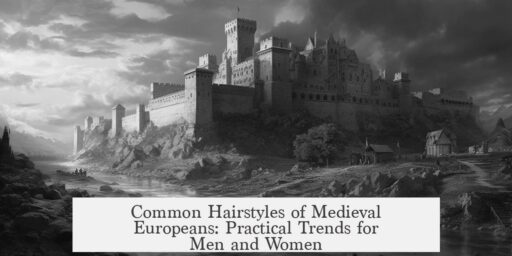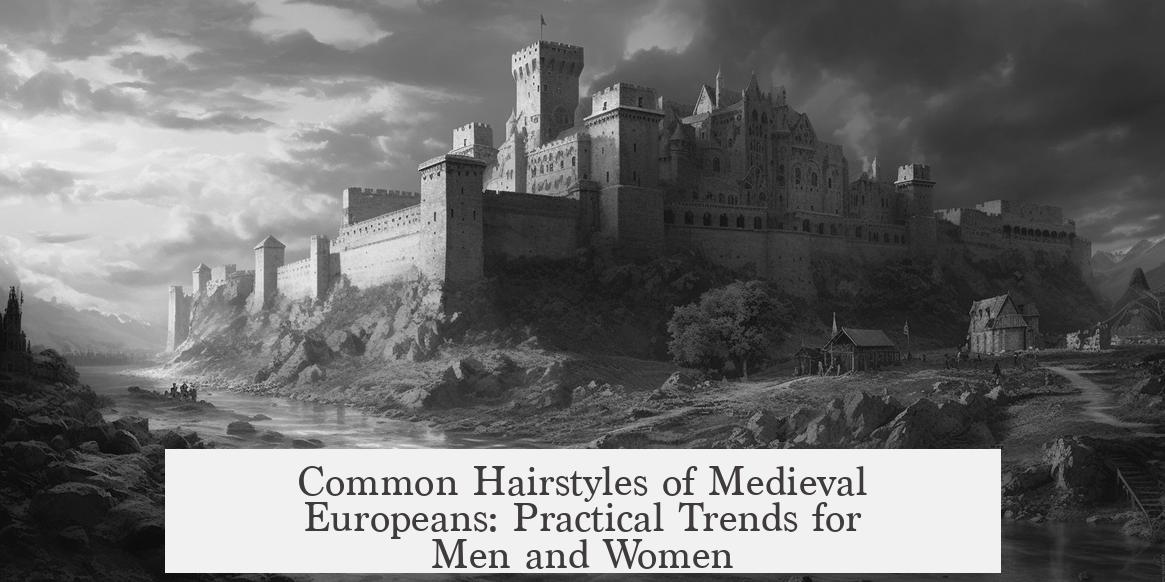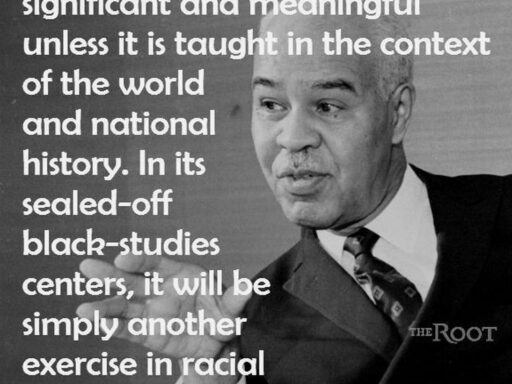Normal hairstyles amongst common people in medieval Europe were practical, modest, and reflected daily life demands rather than fashion trends reserved for elites. Men typically wore short, unparted hair and varied beard styles. Women kept long hair mostly covered or tied back through braids, often under head coverings suited to their work and social norms.
Determining exact hairstyles is challenging. Artistic depictions of common folk from medieval times are rare and filtered through the artist’s stylized views and biases. Unlike modern photos, these images are consciously created, often prioritizing symbolism over realism.
For working men, short hair was the prevailing norm during the High and Late Middle Ages. Hair was mostly unparted and worn at varying lengths around the ears or cropped closer. Beards were common but showed diversity—some had forked beards while others did not. Hair that receded was accommodated naturally without special styling.
- A tanner depicted around 1425 shows a balding man with a beard.
- A tanner from 1464 has ear-length, unparted hair and a beard.
- A vintner circa 1425 also shows balding with moderate beard length and unparted hair.
- A wine-worker from 1474 wears hair falling forward onto the forehead and a forked beard.
- Fishermen from circa 1220 demonstrate similar short, practical hairstyles.
Men engaged in cooking or serving work in the 1300s kept hairstyles simple and functional, often with beards. Tools for haircuts and beard grooming included knives, scissors, and razors similar to small knives. These were used to maintain manageable hair length and facial hair.
Women’s hairstyles were shaped by practicality and social expectations. Long hair was typical but rarely exposed fully. Braiding was a favored method to tame hair during work, often wrapped or pinned neatly. Head coverings were nearly universal among working-class women. These ranged from coifs and cloth caps to veils and hoods.
- Women had an array of head coverings fixed with pins or tied in place, varying by region and fashion.
- Leaving hair totally uncovered was unusual and, in medieval iconography, sometimes symbolized a woman of questionable reputation rather than an everyday norm.
- Depictions of women helping birth the baby Jesus around 1400 show one with braided hair wrapped around her head, plausibly worn while working.
- Other artworks of the same era feature women with braided hair covered by cloth coifs.
- Women spinning flax in the 13th century wore head coverings but occasionally showed braided hair when not covered.
Women combined long hair with headgear to balance hygiene and modesty in daily activities. This style was not just cultural but suited to their household or labor tasks.
| Common Hairstyles | Men | Women |
|---|---|---|
| Hair Length | Short, often unparted, ear length or cropped | Long, braided, tied back or wrapped |
| Facial Hair | Beards frequent; styles varied (forked, un-forked, trimmed) | Generally none |
| Head Coverings | Rare for working men | Common; coifs, veils, hoods, secured by pins or ties |
| Hair Grooming Tools | Knives, hinged scissors, razors for trimming | Hair mostly maintained through braiding and coverings |
| Social Norms | Straightforward, practical | Modesty and cleanliness, head coverings essential |
This practical approach to hairstyles supported work and social conventions. Men avoided long, unsecured hair to keep it out of the way. Women managed their hair to avoid interference with domestic or manual labor, respecting social codes on modesty.
Overall, hairstyles amongst common medieval Europeans reflect daily life, labor needs, and social customs. Unlike aristocratic or royal styles, they were functional, modest, and consistent across regions. Beards on men varied, while women’s hair focused on length managed by braids and coverings. Artistic representations provide glimpses but are filtered by medieval conventions and symbolism.
- Men’s hair was short, unparted, with varied beards.
- Women wore long hair mostly covered under headgear.
- Practicality dictated styles supporting work and modesty.
- Images reflect stylized views, limiting complete accuracy.
- Tools included knives, scissors, and small razors for grooming.
What Was Normal Hairstyles Amongst the Common People in Medieval Europe?
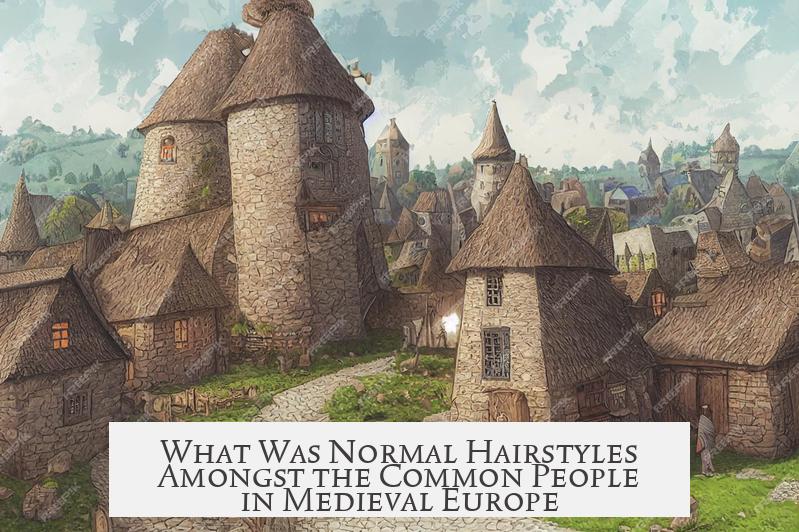
Curious about how everyday folks in medieval Europe wore their hair? The answer is as varied and fascinating as the time period itself. Although the Middle Ages stretch across centuries and continents, we can piece together a clear picture of typical hairstyles by examining historical art, documents, and artifacts.
Let’s dive into this hairy topic starting with some interesting challenges, then exploring men’s styles, women’s hairstyles, and even the tools used to keep it all in check.
The Challenge of Pinning Down Medieval Hairstyles
Uncovering what was “normal” is tricky. Medieval art doesn’t capture candid, everyday scenes like a smartphone would today. Each image was carefully composed by artists, influenced by cultural standards and biases. So, what we see might not be a perfect mirror of reality.
Despite this, sources like the Nürnberger Hausbücher, Luttrell Psalter, and the Reiner Musterbuch offer invaluable glimpses into everyday people’s hairstyles.
Men’s Hairstyles: Practical and Varied
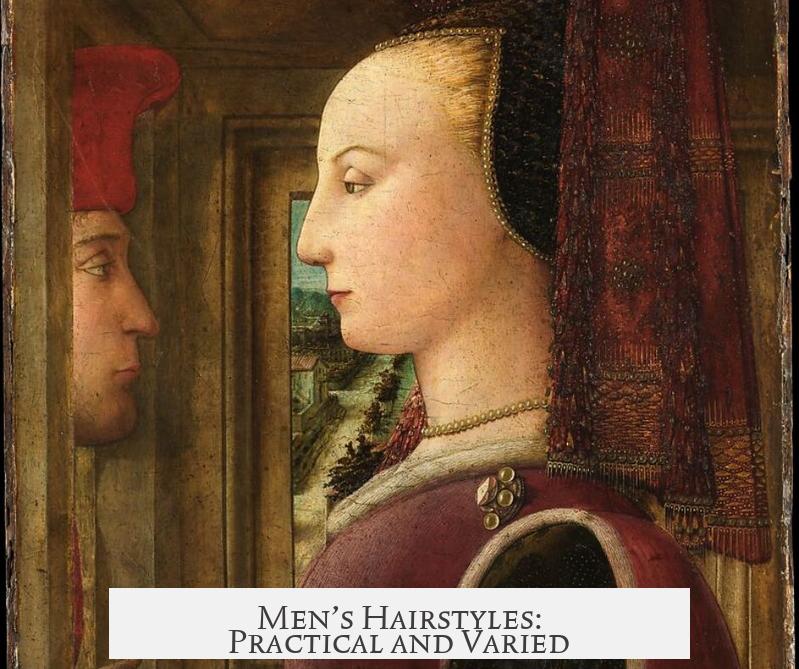
For working men, simplicity and practicality ruled. Most sported shorter haircuts, usually unparted. Men often kept beards, but beard styles varied widely—even among ordinary folk.
The range included:
- Forked beards versus non-forked beards.
- Hair length—some had very short hair; others let it grow to ear-length.
- Baldness management—some embraced it, others swept hair forward or back.
For example, around 1425, a bearded tanner is depicted with obvious balding, while another from 1464 shows a tanner with ear-length hair. A vintner from 1425 sports a moderate beard and balding but still well-maintained hair. Another wine-worker from 1474 has short hair falling forward paired with a forked beard.
Even fishermen from the early 13th century, as seen in the Reiner Musterbuch, show short, functional haircuts. Scenes from the Luttrell Psalter depict men cooking and serving with haircuts that are neat, unparted, and practical for their daily labor.
And what about grooming tools? Men used knives, hinged scissors, and razors—often little more than sharp knives—to tidy both hair and beards.
Women’s Hairstyles: Long, Braided, and Covered
Women’s hair traditions point to long, carefully maintained hair. Unlike men, they usually wore their hair tied back or braided for practicality, especially during work.
But here’s a twist: head coverings were a must. Coifs, hats, hoods, and veils, secured with pins, were everyday wear. This wasn’t merely fashion — it followed social norms and often modesty rules.
Totally uncovered hair was rare and usually quick-lived. When adult women were shown with loose hair, it often symbolized poverty, haste, madness, or served as a visual shorthand for prostitutes—though such images are more symbolic than factual.
Look at the art capturing the birth of the baby Jesus around 1400. One woman has her long hair braided and pinned—plausible for a woman at work without her head covering. Other women in the scene wear cloth coifs, showing the norm.
In another example, a woman breastfeeding while spinning flax in the 13th century keeps her hair mostly covered or bound, illustrating daily life’s neatness. Likewise, images from the Stowe Manuscripts show women spinning with hair securely covered.
Practicality Over Fashion: Hair Tools and Maintenance
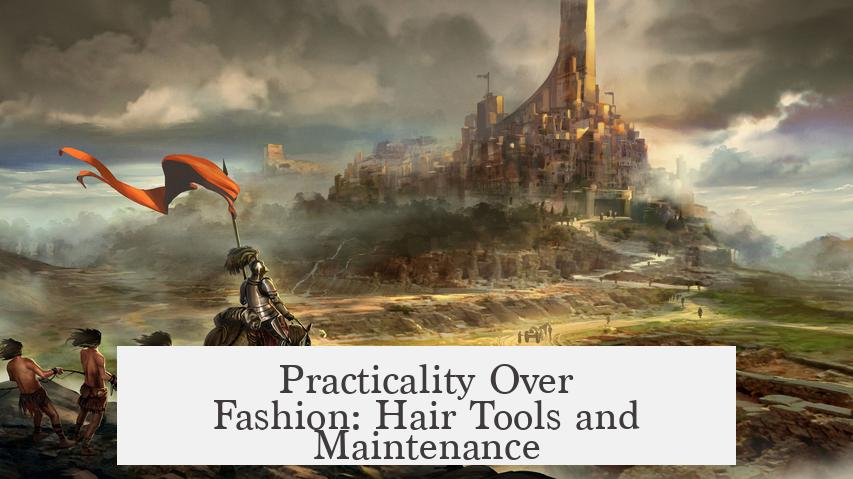
When it comes to maintenance, medieval common folk had access to surprisingly effective tools. Knives and hinged scissors helped cut hair, while razors (essentially small knives) were indispensable for trimming beards.
These tools were not luxury items. They represented basic grooming needs, reflecting a time when personal appearance balanced between cleanliness, social signaling, and rigid cultural expectations.
Why Do These Hair Trends Matter?
Understanding these hairstyles isn’t just about aesthetic curiosity. It reveals how social class, work, religion, and culture shaped daily life. Hair was a reflection of identity and status but also practicality.
In many ways, common people’s hairstyles speak to their environment—physical labor demanding simple, unpretentious grooming; social rules prompting covered hair for women; personal care tools aiding modest grooming.
Wrapping It Up With a Modern Perspective
Next time you consider medieval Europe, picture a bustling tannery with men sporting practical short hair and a patchwork of beard styles. Imagine women spinning flax, wearing long braided hair safely tucked under coifs. Their styles emphasize function over flamboyance.
What lessons do we take today? Maybe it’s this: normal styles often balance personal style and utility. Medieval commoners knew this well—with every haircut telling stories of status, work, and survival.
Does your hair today reflect the demands of your lifestyle as much as theirs did? Perhaps medieval hairstyles still have subtle lessons for us.
